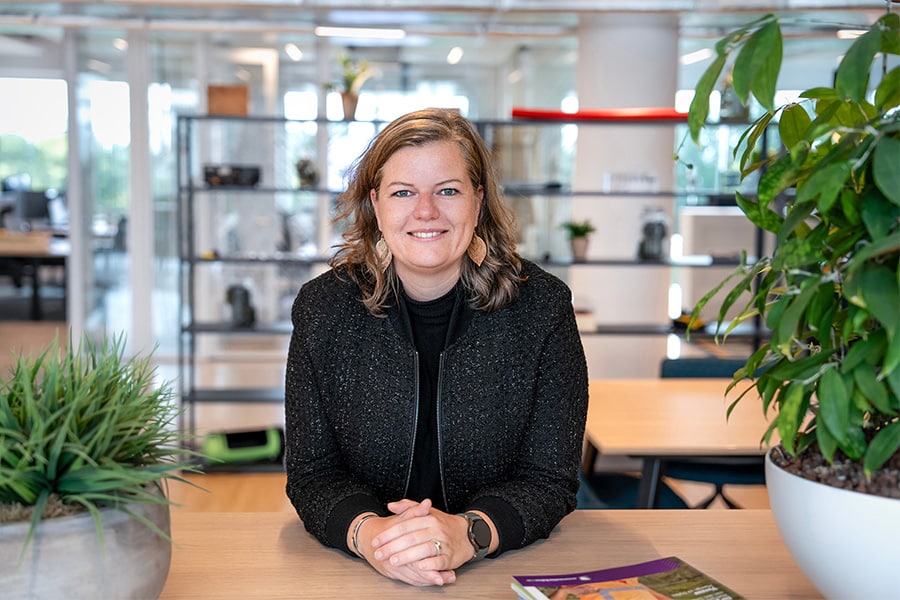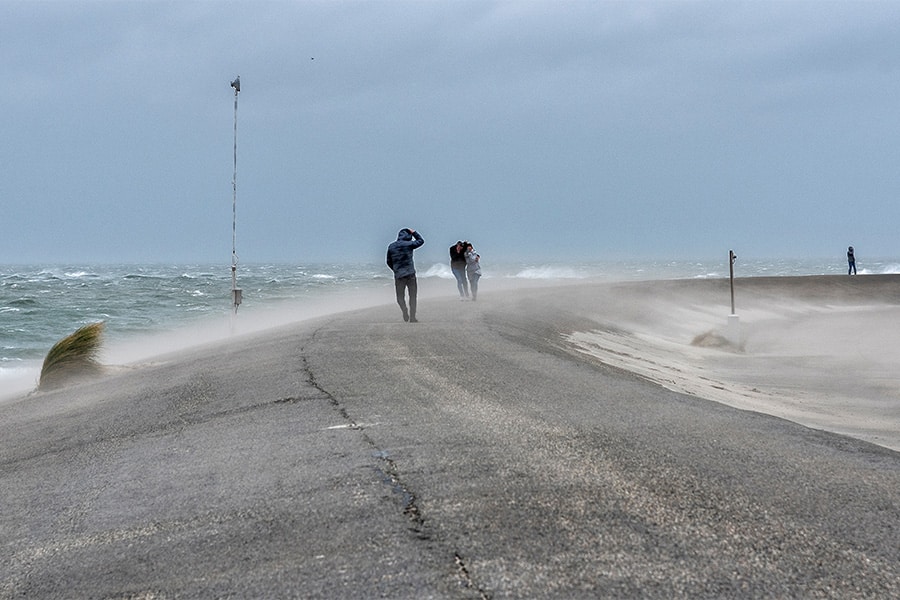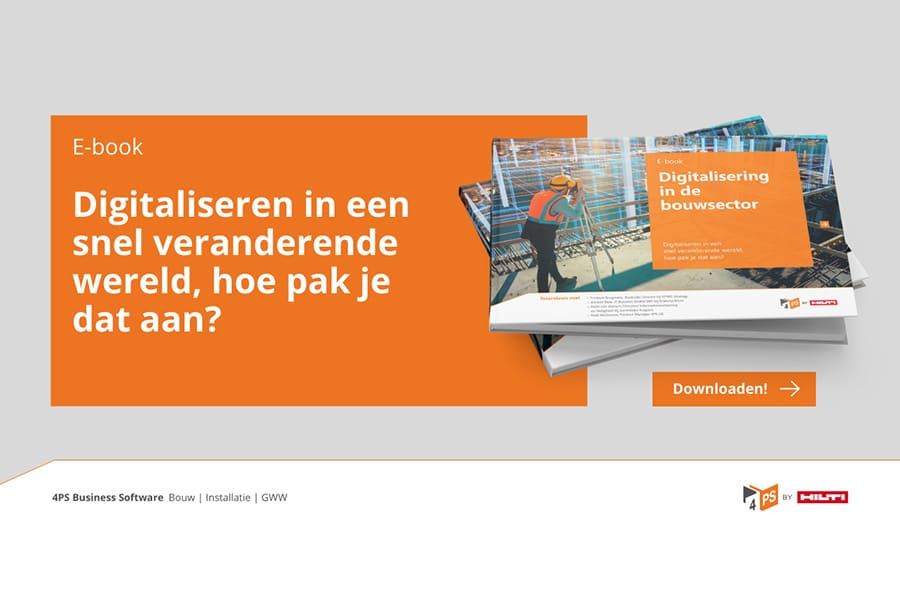
Unique monitoring of homes and objects
A special feature of the approach to the Gorinchem-Waardenburg dike reinforcement is the continuous monitoring of homes. Over a period of six years, all homes and objects on and around the dike will be closely monitored. Among other things, this is done with 2200 tilt sensors that take measurements 24/7.
Measure, know and avoid risks. That is the motto of the company Ratiosurvey, specialist in performing measurements for construction, industry, GWW/Infra and government. "We perform all kinds of measurements. From monitoring work to topo measurements. And from surveying and plotting to as-built measurements," says Yme Dekter, co-owner George BV and since early 2021 also operational director of Ratiosurvey after the takeover this year by George BV. "Ratiosurvey is the monitoring partner of the Graaf Reinaldalliantie. Under that name, we also carry out our work within the dyke reinforcement project. We do this as one team, namely the Geodesy Department. This team consists of measurement specialists working for the parties within the combination Waalensemble and external specialists like us. On behalf of the alliance, we monitor all homes, buildings and other objects on and around the dike. The goal is early detection of subsidence and vibrations so that appropriate measures can be taken to prevent possible damage to buildings. And that is only possible if you monitor continuously, 24/7, 365 days a year. If we measure a deviation, we can also take immediate action."

Multiple measurement methods
Ratiosurvey deploys several means for monitoring: height bolts, tilt sensors and vibration meters. In the facades of homes and buildings, elevation bolts are first attached. Using an elevation bolt, heights relative to Normal Amsterdam Level (NAP) can be determined. "Checking with leveling we do to determine an absolute settlement relative to NAP. With leveling, there is no need for real-time data insight. This is not a continuous measurement, but a measurement that needs to be performed again after a period of time, in this case once a year."
In addition, each home is equipped with a number of angle sensors, also known as tilt sensors. In total, the Count Reinald Alliance deploys 2,200 sensors. These tilt sensors are object-specific and measure small changes in skew. They do so 24 hours a day, 7 days a week, 365 days a year. "All the data are collected and calculated in the cloud. The measurement results are visible in real time in our dashboard Ratioviewer. The advantage is that you have many more measuring moments than if we had to use surveyors to do this. It also increases the safety of the residents. After all, we take immediate action at the slightest deviation in measurements. Moreover, they experience less inconvenience than when surveyors walk around their homes. In projects of this size, there is also a cost savings when working with sensors compared to traditional measuring."
As a third tool, Ratiosurvey uses vibration meters. These are placed at buildings that are in close proximity to ground and transport movements and where sheet pile walls are placed. The data from the vibration meters are also processed in the cloud and forwarded to an online platform. A monitoring dashboard is available for both project specialists and residents where the results of all measurements are visualized.
Duration of six years
The Count Reinald Alliance takes monitoring very seriously. In addition to using modern techniques that monitor continuously, it has chosen to measure over a six-year period. The measurements started a year before the project began and will continue until a year after the work on the dike is finished. "As a company, we are proud that the alliance has given us the confidence and opportunity to participate in this fantastic project. We expect that this way of monitoring with modern techniques will definitely take off in the future."



